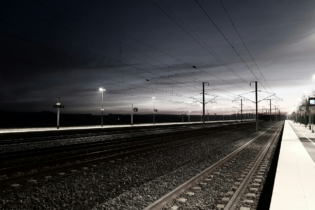Statistician General Pali Lehohla says policies and spend on infrastructure must reflect that more people are living on the fringes of metros.
“As far as Gauteng is concerned, that is the Johannesburg Metropolitan Municipality, the buildings where people live are at the periphery,” said Lehohla at a media briefing in Cape Town on Tuesday. He said moving forward with infrastructure programmes, there was a greater need for congruency between the densification policies and the sprawling city. Lehohla was releasing a report into the building statistics of the private sector as reported by local government. The statistics, among other things, provide an outlook on the fundamental aspects of human settlements. When looking at the 2001 census for Gauteng, the road networks in the province and the buildings that have been built, people in Johannesburg are living on the fringes and not in the middle of the city. Lehohla said there was a question of what direction development was taking and how the infrastructure expenditure influenced either densification or a sprawling city. “Going forward these things need to be somewhat aligned because they show there is little congruency in terms of policy intention and what is happens on the ground,” said the Statistician General.According to Lehohla, the report was important because building statistics are an economic indicator and a predictor of where the GDP might be going.
The report shows that the value of buildings completed by larger municipalities increased by 15.3% in 2013 compared to 2012, to reach R52.2 billion. Municipalities in Gauteng recorded completed buildings to the value of R21.3 billion – 41% of the national total. The combined value of buildings completed for the six metros was R39.4 billion in 2013, 75% of the national total. The largest contribution to the total value of completed buildings was houses at R18.2 billion, followed by building additions, offices, townhouses, industrial and warehouses, shopping space and flats. Casinos and churched were the lowest contributors both at 0.4%.Between 2012 and 2013, construction of buildings, non-residential and additions increased by about 17%. “When comparing the value of buildings completed to the value of plans passed, in terms of percentage, they are tracking each other quite well in terms of houses, additions to dwellings do not track one another as well,” explained Lehohla. He said the recession around 2009 had a negative impact on building construction. There had been a boom in the number of plans passed for residential use, but this bubble burst during the recession. Tshwane made a speedier recovery in this regard, when compared to other metropolitan areas.
(SAnews.gov.za)







